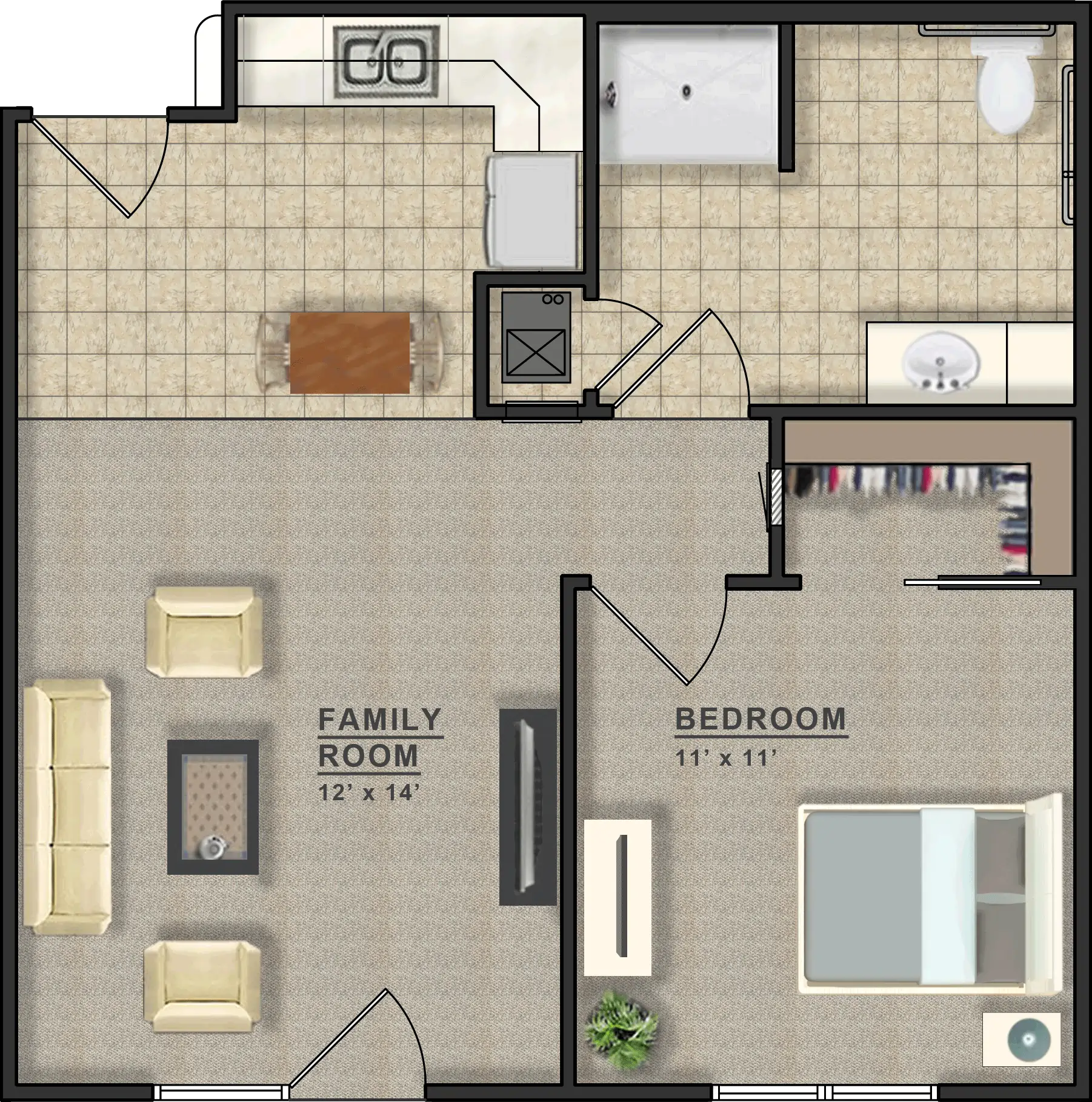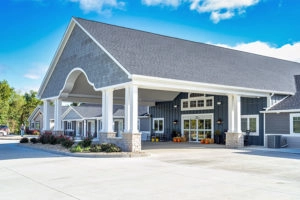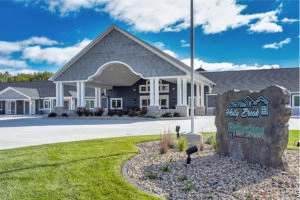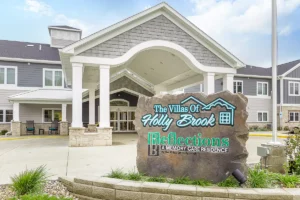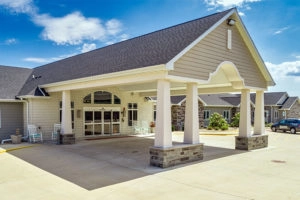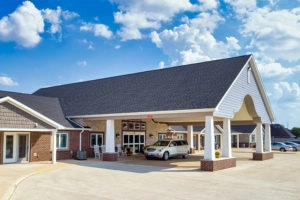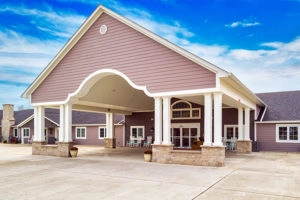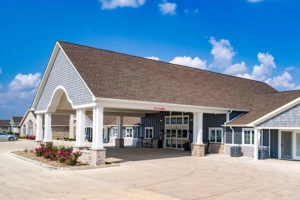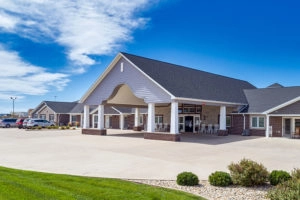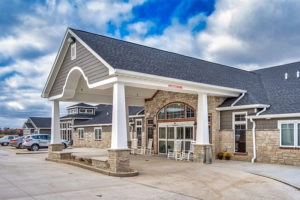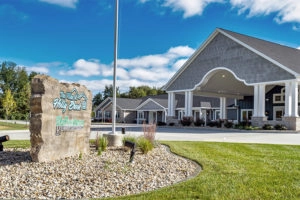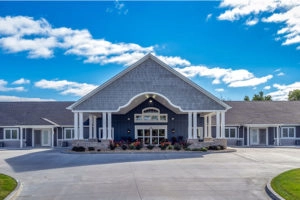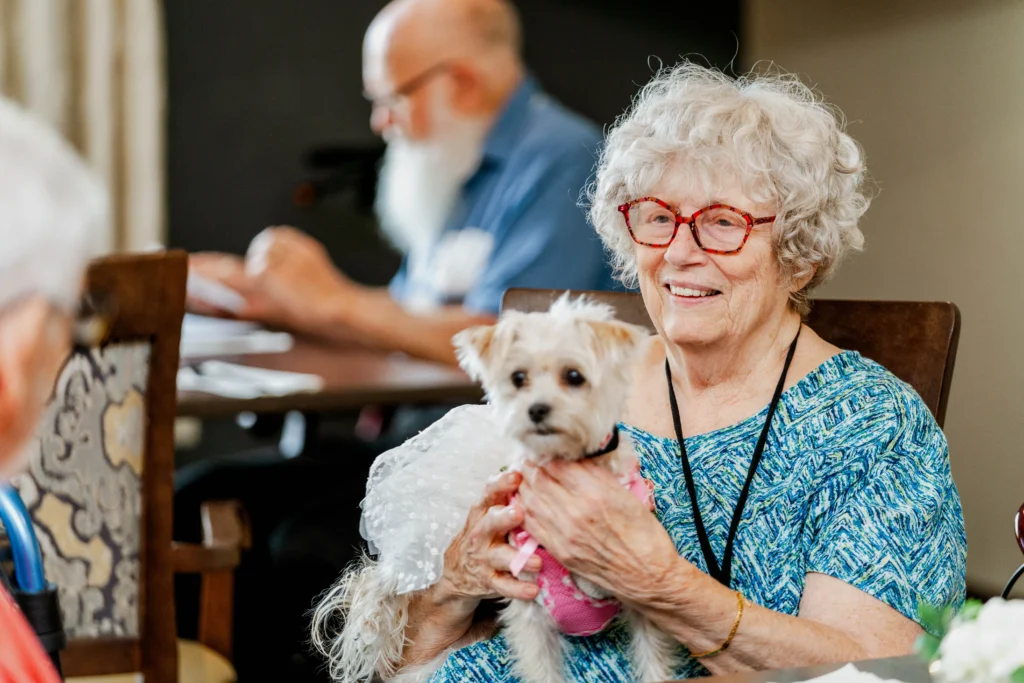
Senior isolation is an often overlooked challenge that many seniors face. This can be identified when seniors feel disconnected, leading to loneliness and detachment. Factors like retirement, loss of social circles, and technological barriers contribute to this issue. The consequences go further than being lonely. Isolation can impact physical health, mental health, and increase the risk of health conditions including depression and cognitive decline. Addressing senior isolation starts with recognizing the signs and creating a supportive community.
The Silent Struggle
Recognizing the Signs
Many signs of isolation are not blatantly obvious and can be easily overlooked or explained away. It’s important to have an understanding of what the signs are and to make note of them when they present themselves. Some common signs include:
- Decreased social interactions: A decline in the frequency of engaging with friends, family, or the community.
- Diminished communication: Reduced communication through various channels, including in-person, phone calls, and digital platforms.
- Loss of interest: Less interest in activities that were once enjoyable or a source of social connection.
- Changes in daily routine: Changes in daily habits or routines, resulting in a shift in social engagement.
- Physical symptoms: Physical signs such as fatigue, changes in sleep patterns, or a decline in overall health.
- Expressions of loneliness: Verbal or non-verbal indications of feeling lonely or disconnected.
- Decline in cognitive abilities: Noticeable changes in cognitive functions, potentially linked to the lack of mental stimulation that comes from social interaction.
- Changes in eating habits: Altered eating habits, which may result from social isolation affecting meal routines or companionship during meals.
The Impact on Well-Being
On a mental level, the loneliness and lack of social engagement can lead to heightened levels of stress, anxiety, and, in severe cases, depression. The absence of regular social interactions may contribute to a sense of purposelessness and emotional distress, potentially accelerating cognitive decline.
Physically, the consequences are equally concerning. Studies have shown that seniors facing social isolation may be at a higher risk of developing chronic health conditions, including cardiovascular issues. The stress associated with loneliness can have detrimental effects on the immune system, making seniors more susceptible to illnesses. In addition, the lack of physical activity and stimulation from social interactions may contribute to a decline in overall health, leading to issues such as disrupted sleep patterns and decreased mobility
Understanding the Roots
Social Changes in Aging
Aging is a natural part of life that, understandably, comes with many social changes. Common examples include:
- Retirement
- Loss of loved ones
- Physical limitations
The cumulation of these social changes can lead to the loss of networks that provided companionship, enrichment, and emotional support. Understanding these shifts is important in addressing the root cause of senior isolation. By recognizing these shifts, we can develop strategies that can create a network of connection and a sense of belonging.
Technological Barriers
In our ever-changing and advancing digital world, seniors especially can have a hard time keeping up. The rapid pace of technological advancements can create a significant gap between generations, leaving some seniors feeling confused and isolated. The struggle to understand and adapt to new technologies can become a barrier in their daily lives, further creating challenges to connect. Seniors who are unable to grasp the intricacies of smartphones, computers, or social media platforms may find themselves excluded from a substantial portion of modern communication. This exclusion can lead to a sense of alienation, as the world around them becomes increasingly interconnected through digital means.
Strategies for Combating Senior Isolation
Community Building
Having a sense of community is essential for our well-being and mental health. It’s important that even as we age, we are still involved in community. This can mean being involved in local groups, churches, family events, or a senior living community.
Senior living communities can be a great way for seniors specifically to connect and feel supported. These communities are designed to foster interaction and engagement. Activities, group outings, shared meals, and educational programs are a few ways that senior communities can provide social interaction. Residents have the opportunity to share stories, connect with people who they can relate with, and have a sense of belonging. A great way to see if a senior living community is a good fit is to take a tour. On a tour you will get to experience the daily activities, meet other residents, learn about amenities, and get answers to any questions you have about the senior living lifestyle. Schedule a tour today to learn more about how The Villas of Holly Brook prioritizes social interaction!
Technology Training
While technology can be challenging for seniors, with the right training, it can be a great tool for connection with friends and family. Video calls, emails, and social media platforms are great ways to stay in touch despite physical distances. Technology training not only enhances seniors’ ability to communicate, but also opens doors to valuable resources. Seniors can stay informed and connected to the world around them by accessing healthcare information, online recipes, entertainment, online shopping (including grocery shopping), and transportation networks.
Four-Legged Companion
A furry companion can be a powerful antidote to social isolation for seniors. Whether it’s a dog, cat, or another pet, these loyal friends offer companionship, unconditional love, and a comforting presence. Beyond emotional support, pets create routines, encourage social interactions, and provide a sense of purpose. The bond with a pet not only alleviates loneliness but also contributes to improved mental and physical well-being, making them great companions in the lives of seniors facing social isolation. Here at The Villas of Holly Brook, we understand the importance of pet companions and are proud to be pet friendly!




